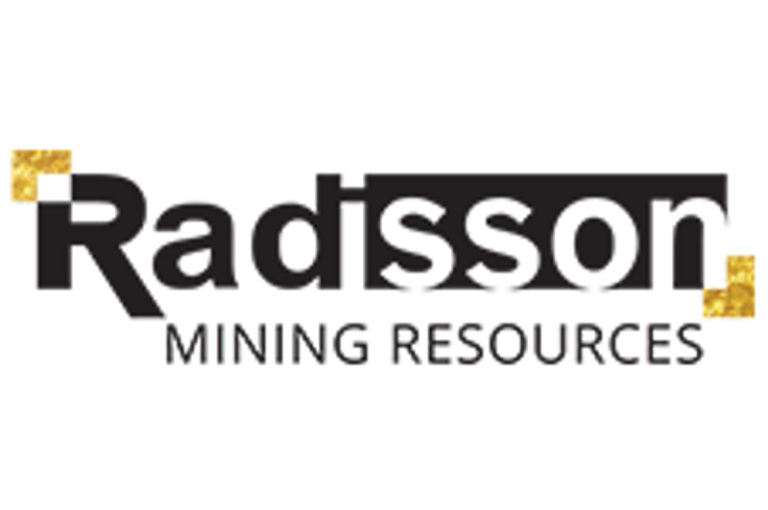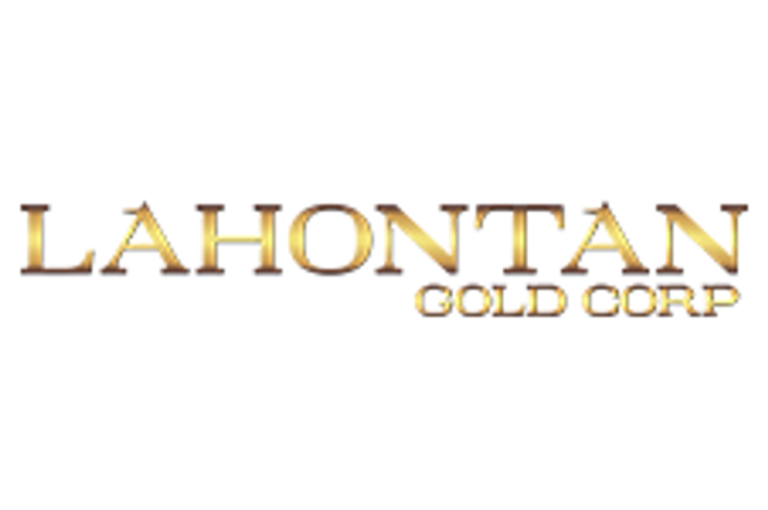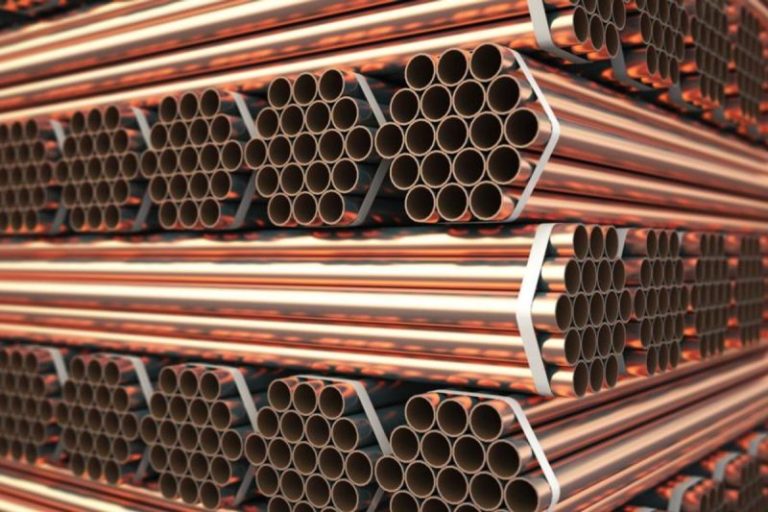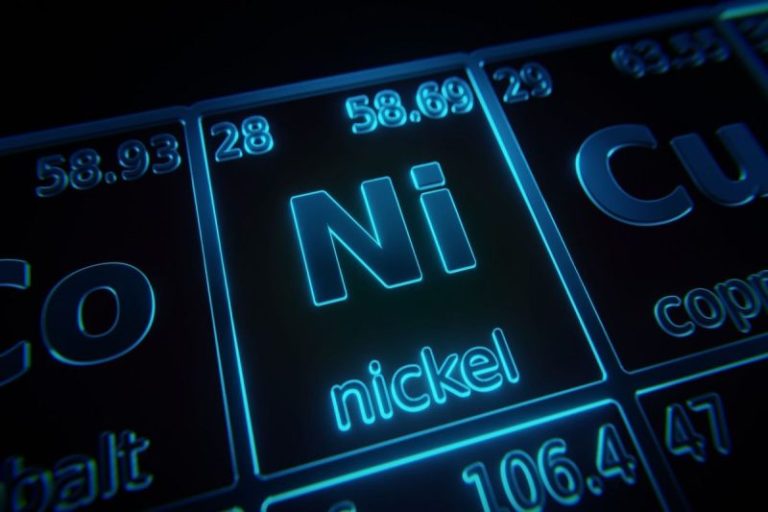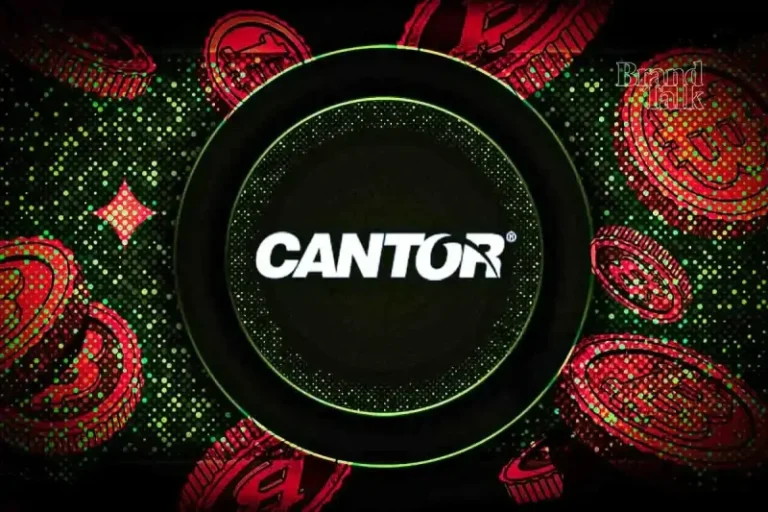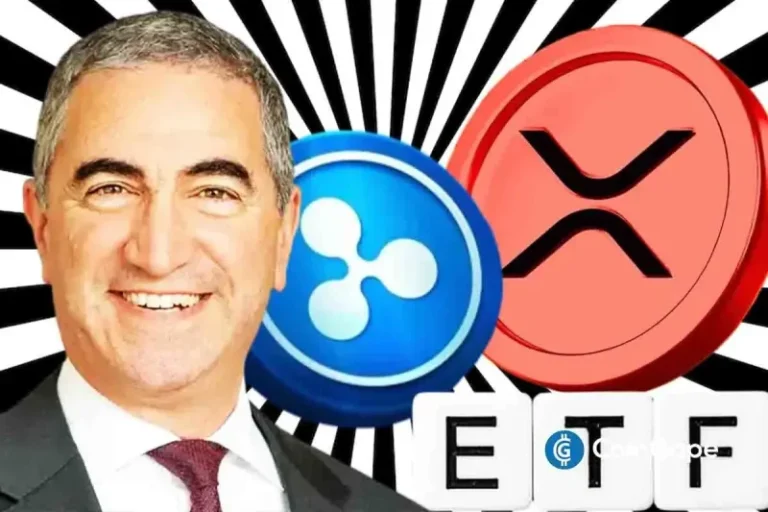The first quarter of the year also witnessed some panic buying, as traders moved inventories into the US to anticipate any tariff-related price increases. Interest in companies developing US copper mines has increased as well as new US President Donald Trump looks to expedite critical metals projects.
Against that backdrop, how have TSX-listed copper companies performed? Learn about the top five best-performing copper stocks in 2025 by year-to-date gains below. Data for this article was retrieved on April 7, 2025, using TradingView’s stock screener, and only companies with market capitalizations greater than C$50 million are included.
1. Northern Dynasty Minerals (TSX:NDM)
Year-to-date gain: 44.71 percent
Market cap: C$689.38 million
Share price: C$1.23
Northern Dynasty Minerals is an exploration and development company focused on the Pebble project, a copper-molybdenum-gold-silver project located 200 miles southwest of Anchorage in the Bristol Bay region of Alaska, US.
Northern Dynasty says the site is “one of the greatest stores of mineral wealth ever discovered.” It hosts a measured and indicated copper resource of 6.5 billion metric tons (MT) and an inferred copper resource of 4.5 billion MT. Measured and indicated resources for molybdenum, gold and silver total 1.26 million MT, 53.82 million ounces and 249.3 million ounces, respectively.
The project stalled in 2020 during the permitting phase following a US Environmental Protection Agency (EPA) veto that suggested the proposed mine would damage the Bristol Bay watershed. However, shares of the company surged following Northern Dynasty’s July 2023 announcement that Alaska had appealed to the US Supreme Court to reverse the veto.
However, early in 2024, the US Supreme Court declined to hear the matter on procedural grounds, sending it back to the federal district court and federal circuit of appeals before the Supreme Court would hear it.
Northern Dynasty spent the remainder of 2024 advancing its case in the Alaskan state court. On March 15, it announced the filing of actions to vacate the EPA’s veto. The State of Alaska and two Alaskan Native village corporations followed by filing their own separate suits to vacate.
In August, the Federal District Court granted Northern Dynasty’s motion to modify the complaint by adding the US Army Corps of Engineers as defendants. The company contended that the EPA’s decision was based on the original USACE permit denial and asserted that the decisions were politically motivated.
The latest news from the case came on February 18, when Northern Dynasty announced it would not object to the EPA and USACE motion to halt proceedings for 90 days to allow the incoming Trump administration more time to review the case.
Shares in Northern Dynasty surged following Trump’s March 20 executive order calling for expedited approvals for domestic mineral production and identified copper as a critical mineral. In the order, Trump stated that dependence on mineral production from hostile powers jeopardized national and economic security, urging that the US take immediate steps to boost domestic production.
Shares of Northern Dynasty reached a year-to-date high of C$1.69 on March 25.
2. Arizona Sonoran Copper Company (TSX:ASCU)
Year-to-date gain: 33.79 percent
Market cap: C$268.43 million
Share price: C$1.94
Arizona Sonoran Copper is a development and exploration company dedicated to advancing the Cactus project in Arizona, United States, towards production.
The brownfield asset, situated near Phoenix, was operational from 1972 to 1984. Since then, Arizona has made substantial investments in the project, including a US$20 million reclamation program aimed at remediating the property.
The site features the past-producing Sacaton mine, one historic stockpile, as well as the Cactus East, Cactus West and Parks/Alyer deposits, which span a 5.5 kilometer trend.
According to a preliminary economic assessment from August 2024, at a copper price of US$3.90 per pound the project has an after-tax net present value of US$2.03 billion, an internal rate of return of 24 percent and a payback period of 4.9 years.
Once operational, in the first 20 years the mine is expected to yield an average of 232 million pounds of copper cathode per year. Over its full 31 year mine life, the company anticipates total copper cathode production of 5.34 billion pounds.
The most recent update from the project was on February 25, when the company released assay results from an exploration program at the Parks/Salyer deposit. The release included notable drill core results, with one 391 meter interval showing continuous mineralization at an average grade of 0.74 percent total copper. In that section, a 242 meter interval had an average grade of 0.98 percent total copper and 0.75 percent soluble copper.
Shares in Arizona Sonoran reached a year-to-date high of C$2.44 on March 26.
3. Imperial Metals (TSX:III)
Year-to-date gain: 29.35 percent
Market cap: C$385.25 million
Share price: C$2.38
Imperial Metals is a mine development and production company with operations in British Columbia, Canada.
Its operations include a 30 percent interest in the Red Chris mine in BC’s Golden Triangle, with the remainder owned by Newmont (TSX:NGT,NYSE:NEM,ASX:NEM). Imperial also fully owns the Mount Polley copper-gold mine, which reopened in June 2022, and the Huckleberry mine, which has been under care and maintenance since 2016.
On January 29, the company announced that the Mount Polley mine had met its 2024 guidance, producing 35.7 million pounds of copper and 39,108 ounces of gold.
It also provided an update on its Phase 2 exploration program at Mount Polley, which comprised 6,748 meters across 27 drill holes with both near-pit drilling and drilling of high-priority targets outside the active pit area. The company highlighted one assay result of 0.72 percent copper and 1.43 grams per metric ton (g/t) gold over 127 meters, which included an intersection of 21.5 meters with 1.34 percent copper and 2.65 g/t gold.
Imperial followed this report with updates on 2024 production from Red Chris on February 20. In that statement, it indicated that its share of production was 25.6 million pounds of copper and 17,943 ounces of gold, a significant increase over the 17.12 million pounds of copper and 13,814 ounces of gold produced in 2023. Newmont’s 100 percent 2025 guidance for Red Chris is 88 million pounds of copper and 86,000 ounces of gold.
The release also reported 2025 guidance for Mount Polley. While gold production is anticipated to be in line with 2024, Imperial expects lower copper production in the range of 25 million to 27 million pounds.
According to the release, ‘Phase 4 Springer Pit ore, which has a higher recoverable copper grade is targeted to be fully mined by the third quarter of 2025, with the lower copper grade from the Phase 5 pushback in the Springer pit delivering process ore in the fourth quarter of 2025.’
Shares in Imperial Metals reached a year-to-date high of C$2.80 on April 1.
4. Gunnison Copper (TSX:GCU)
Year-to-date gain: 21.43 percent
Market cap: C$74.12 million
Share price: C$0.255
Gunnison Copper is a copper development company working to advance its Gunnison and Johnson Camp projects in Arizona into production.
Gunnison was originally scheduled to begin operating in 2020 as an in-situ recovery (ISR) project, but startup was delayed due to low flow rates. Gunnison Copper has been evaluating different alternatives to overcome the challenges and obtained permits to begin well simulation using small-scale, shallow-level hydraulic fracking.
However, the company determined that an open-pit operation has ‘substantially improved viability’ compared to the ISR operation at this time, and is now advancing the permitting process for the open pit. Gunnison intends to maintain the option of its fully permitted ISR operation and well stimulation.
Once the open-pit mine is in operation, Gunnison estimates an average annual production of 167 million pounds of copper cathode. The probable mineral reserve for the in-situ operation as of 2016 is 4.5 billion pounds of copper from 782.2 million MT of ore with an average grade of 0.29 percent. The open pit’s 2024 mineral resource estimate showed a measured and indicated resource of 5.1 billion pounds of copper from 831.6 million MT of ore with an average copper grade of 0.31 percent.
The company is also working on restarting operations at the Johnson Camp mine in Cochise County, Arizona. Funding for the project will come from Rio Tinto (ASX:RIO,NYSE:RIO,LSE:RIO) subsidiary Nuton, which will also utilize its proprietary heap leach technology. Once mining operations commence, Nuton will have the option to form a 49/51 joint venture with Gunnison.
In a project update on March 21, the company stated that construction at the Johnson Camp mine was on track to begin its first cathode production in Q3 2025. It also noted that the mining of mineralized material began in January and is being stockpiled in anticipation of the completion of the leach pad.
Shares in Gunnison reached a year-to-date high of C$0.40 on March 24.
5. St. Augustine Gold and Copper (TSX:SAU)
Year-to-date gain: 12.5 percent
Market cap: C$91.03 million
Share price: C$0.09
St. Augustine is a mining development company focused on its King-King project in the Mindanao province of the Philippines.
The project consists of 184 mining claims. According to the most recent preliminary economic assessment from 2013, the company projected an after-tax net present value of US$1.78 billion, with an internal rate of return of 24 percent and a payback period of 2.4 years at a copper price of US$3 per pound and a gold price of US$1,250 per ounce.
The latest news from the company came on March 31 when it released its management discussion and analysis for the year ending December 31, 2024.
In the release, it outlined the current state of the project, which has faced prolonged legal delays. The most significant occurred in 2017 when the Philippine Department of Environment and Natural Resources ordered a moratorium on open-pit mining for copper, gold, silver and complex ores.
The company stated that to date, there has been no resolution regarding the overturning of the moratorium.
Shares in St. Augustine Gold and Copper reached a year-to-date high of C$0.10 on April 1.
FAQs for investing in copper
Is copper a good investment in 2024?
Many experts have a positive long-term outlook for the red metal based on supply concerns and its growing role in the energy transition. Copper’s price has climbed to new all time highs in 2024, bringing many stocks with it.
Investors who are interested in copper should make sure to perform their due diligence, as the volatility and unpredictability of markets and economies at the moment means that nothing is guaranteed.
What is copper used for?
Copper is used in many industries, from construction to electronics to medical equipment. In fact, in 2020, 32 percent of copper globally was used in equipment manufacturing and 28 percent in building construction.
Two other growing sectors for copper are the burgeoning electric vehicle and green energy industries. Electric vehicles require a significant amount of the red metal per vehicle.
How to invest in copper?
Investors can get exposure to copper in a variety of ways. Holding physical copper is possible, but plenty of storage would be required to hold any significant value of the metal.
For investors looking to invest in the metal without physically holding it, there are a few options. Copper stocks such as those on the TSX, TSXV and ASX are worth looking at. Additionally, there are copper exchange-traded funds and the copper options and futures markets on the London Metal Exchange.
How to invest in a copper ETF?
Copper exchange-traded funds (ETFs) can be a good way to diversify an investment portfolio, and they can be a more stable option compared to individual copper miners or explorers. There are multiple options available on the market, and they can usually be purchased in the same way one could purchase stocks through a broker or trading platform.
In May 2022, Horizons launched Canada’s first copper equities ETF, the Horizons Copper Producers Index ETF (TSX:COPP), which is focused solely on pure-play and diversified copper-mining companies.
There are two ETFs available on the US ARCA exchange as well. The Global X Copper Miners ETF (ARCA:COPX) tracks the Solactive Global Copper Miners Index, which includes copper miners, as well as copper explorers and developers. The other option is the United States Copper Index Fund (ARCA:CPER), which gives investors exposure to copper futures contracts by tracking the SummerHaven Copper Index Total Return (INDEXNYSEGIS:SCITR).
How is copper priced?
The copper price is tracked in two ways: COMEX copper and London Metal Exchange (LME) copper. The COMEX and LME are both options and futures metal exchanges, with the former being headquartered in New York and the latter in London. COMEX copper is priced by the pound, while LME copper is priced per metric ton.
How is copper processed?
Once copper is mined, the ore goes through multiple steps to reach a market-ready state. First, the ore is ground to roughly separate the rock from the copper, as copper typically only makes up 1 percent of the mined rock.
The resultant copper is then slurried with water and chemical reagents, after which air is used to float the copper to the top of the mixture. After the copper is removed from this, it is typically at 24 to 40 percent purity.
Where is copper mined?
Copper is mined throughout the world, with significant production found on every continent besides Antarctica. Chile was the top producer in 2022, putting out 5 million metric tons of the metal. Rounding out the top five are Peru with 2.6 million MT, the Democratic Republic of Congo with 2.5 million MT, China with 1.7 million MT and the United States with 1.1 million MT.
Article by Dean Belder; FAQs by Lauren Kelly.
Securities Disclosure: I, Dean Belder, own shares of Northern Dynasty Minerals.
Securities Disclosure: I, Lauren Kelly, hold no direct investment interest in any company mentioned in this article.


